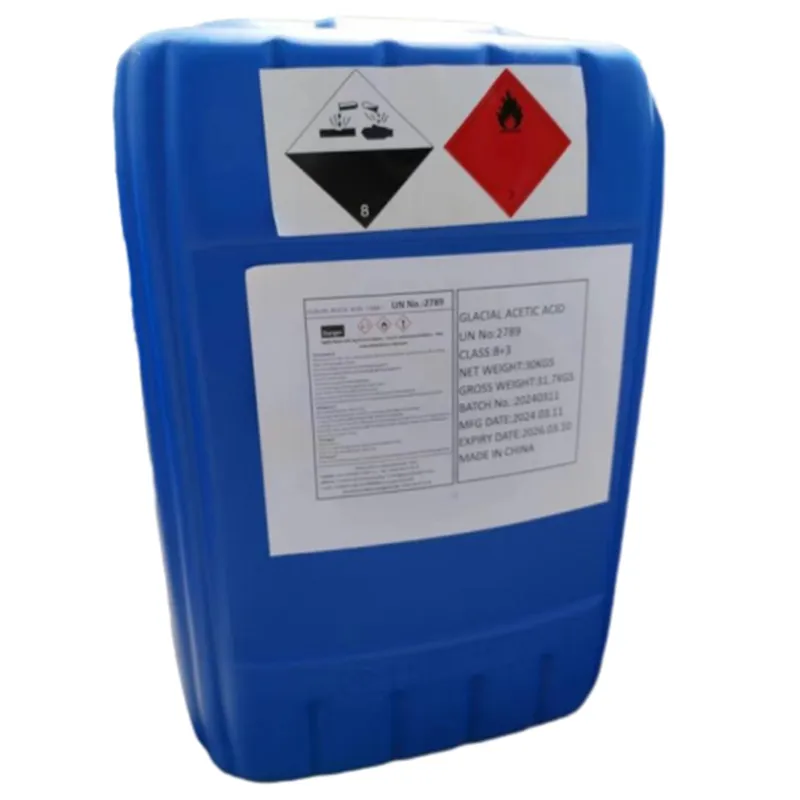
Understanding Residual Solvents and Their Impact on Product Quality and Safety
Understanding Residual Solvents Importance, Types, and Analysis
Residual solvents are organic volatile chemicals that are used or produced in the manufacture of drug substances and drug products. These solvents can remain in the final product, posing potential health risks to consumers. Therefore, understanding residual solvents, their types, sources, and regulatory guidelines is crucial in ensuring the safety and efficacy of pharmaceutical products.
Importance of Residual Solvents
The presence of residual solvents in pharmaceutical products is often a concern because they can have pharmacological effects, toxicological implications, or both. They can lead to undesirable effects in patients, including allergic reactions or toxic reactions, especially when the dosage forms are administered over a prolonged period. Thus, regulatory agencies such as the U.S. Food and Drug Administration (FDA) and the International Conference on Harmonisation (ICH) have established guidelines to limit the levels of these solvents in drug products to ensure the safety and well-being of patients.
Types of Residual Solvents
Residual solvents are categorized into three classes by the ICH Q3C guideline, based on their toxicity and potential risk to human health
1. Class 1 Solvents These are solvents that should be avoided due to their unacceptable toxicity or potential for human health hazards. Examples include benzene, carbon tetrachloride, and methylene chloride. The use of these solvents is highly restricted in the production of pharmaceutical products.
2. Class 2 Solvents This category includes solvents that are not expected to be hazardous to humans but have some potential risk. Solvents in this class should only be used when there are no suitable alternatives. Examples include acetone, ethyl acetate, and isopropanol. The allowable limits for these solvents in drug products are set to ensure safety, taking into account their toxicological profiles.
3. Class 3 Solvents These solvents are considered to have low toxic potential. They can be used in the manufacturing process where necessary, and their acceptable daily exposure levels are generally higher than those for Class 2. Examples include ethanol, methanol, and water. Since these solvents have low health risks, they can often be found in various pharmaceutical formulations.
Analyzing Residual Solvents
residual solvents

The analysis of residual solvents in pharmaceutical products is essential for ensuring compliance with regulatory standards. Several analytical techniques are employed to detect and quantify these solvents, including
- Gas Chromatography (GC) This method is commonly used due to its high sensitivity and specificity. GC separates volatile components in a sample, allowing for accurate identification and quantification of residual solvents.
- Headspace Gas Chromatography This technique is particularly useful for volatile solvents, where a sample is heated to enhance the volatility of solvents, which are then analyzed using GC.
- Mass Spectrometry (MS) Coupled with GC, mass spectrometry provides detailed information about the molecular structure of contaminants, improving the accuracy of residual solvent identification.
- High-Performance Liquid Chromatography (HPLC) Though less common for residual solvents, HPLC can be used to analyze more polar solvents that do not evaporate easily.
Regulatory Guidelines and Compliance
Regulatory agencies impose stringent requirements regarding the allowable limits of residual solvents in pharmaceutical products. For example, the ICH Q3C guideline provides detailed specifications on acceptable levels for each class of solvents, ensuring that pharmaceuticals are manufactured safely and effectively. Manufacturers must implement good manufacturing practices (GMP) and conduct thorough testing to remain compliant with applicable regulations.
Conclusion
In conclusion, residual solvents pose a significant concern in the pharmaceutical industry due to their potential health risks. Understanding the types of residual solvents, utilizing appropriate analytical techniques for detection, and adhering to regulatory guidelines are essential practices to ensure the safety of drug products. By maintaining rigorous quality control and regulatory compliance, pharmaceutical manufacturers can protect consumer health while producing effective therapeutic products. As the industry evolves, continuous efforts to minimize and eliminate these solvents will remain a priority for ensuring patient safety and maintaining public trust in pharmaceutical products.
-
Understanding Synthetic Rubber OptionsNewsApr.27,2025
-
Trichloroisocyanuric Acid: Essential for Clean and Safe WaterNewsApr.27,2025
-
Sodium Dichloroisocyanurate: Key to Safe Water TreatmentNewsApr.27,2025
-
Sodium Acid Pyrophosphate: Essential in Modern Food ProcessingNewsApr.27,2025
-
Essential Water Treatment ChemicalsNewsApr.27,2025
-
Denatured Alcohol and Its Industrial UsesNewsApr.27,2025
-
The Versatile Uses of Sodium BicarbonateNewsApr.24,2025
Hebei Tenger Chemical Technology Co., Ltd. focuses on the chemical industry and is committed to the export service of chemical raw materials.
-

view more DiethanolisopropanolamineIn the ever-growing field of chemical solutions, diethanolisopropanolamine (DEIPA) stands out as a versatile and important compound. Due to its unique chemical structure and properties, DEIPA is of interest to various industries including construction, personal care, and agriculture. -

view more TriisopropanolamineTriisopropanolamine (TIPA) alkanol amine substance, is a kind of alcohol amine compound with amino and alcohol hydroxyl, and because of its molecules contains both amino and hydroxyl. -

view more Tetramethyl Thiuram DisulfideTetramethyl thiuram disulfide, also known as TMTD, is a white to light-yellow powder with a distinct sulfur-like odor. It is soluble in organic solvents such as benzene, acetone, and ethyl acetate, making it highly versatile for use in different formulations. TMTD is known for its excellent vulcanization acceleration properties, which makes it a key ingredient in the production of rubber products. Additionally, it acts as an effective fungicide and bactericide, making it valuable in agricultural applications. Its high purity and stability ensure consistent performance, making it a preferred choice for manufacturers across various industries.











